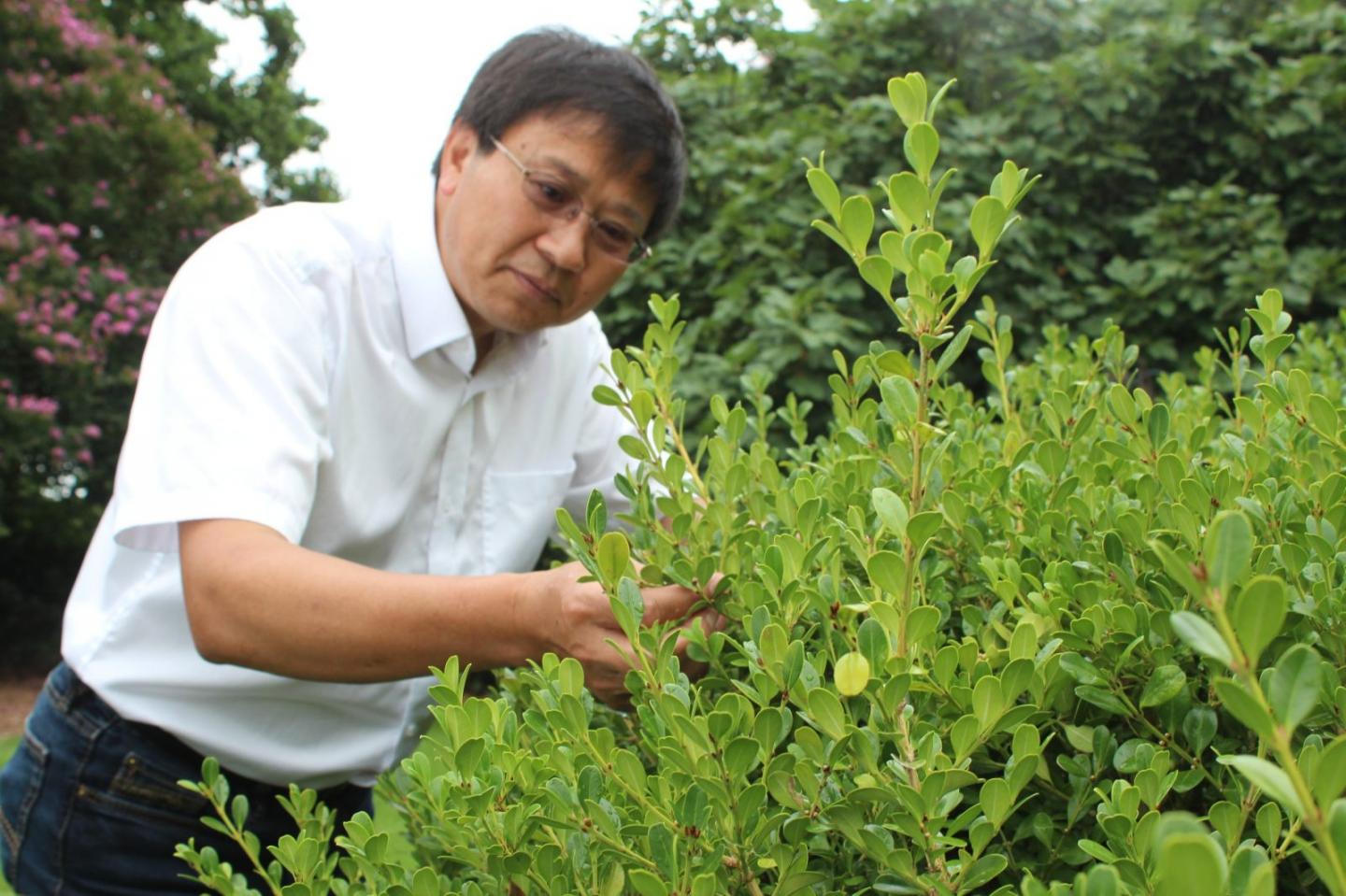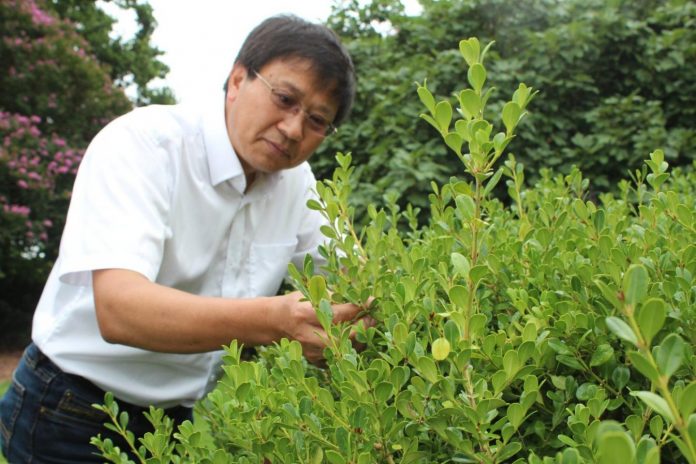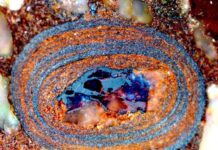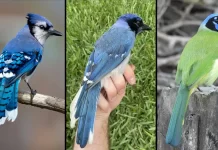
Photo: Chuanxue Hong will conduct research on how to prevent disease in boxwoods. This research is one of five USDA NIFA grants with which Virginia Tech is involved. Photo was taken…
view more
Credit Image: Virginia Tech
Boxwoods are a common staple in landscaping and bring life and energy to gardens year-round across the globe, allowing for wide-ranging customization of the green shrub.
But boxwoods face a threat – a fungal infection that is easily transported through the nursing industry by plants that don’t show any signs of infection.
A multi-institutional research team led by Chuanxue Hong, project director and a professor in the Virginia Tech School of Plant and Environmental Sciences located at the Hampton Roads Agricultural Research and Extension Center, will find innovative methods to safeguard the nation’s largest evergreen shrub against boxwood blight. The disease was first found in the United States in 2011 after being discovered in the United Kingdom and New Zealand in the mid-1990s. After crossing the Atlantic and Pacific oceans, the disease was seen in two states and is now in 28 states as well as the District of Columbia.
The disease quickly obliterates boxwoods, the most common evergreen shrub in the United States, and staples of modern and historic gardens alike, while also causing lasting damage to the infected areas.
With a nearly $4 million grant from the U.S. Department of Agriculture National Institute of Food and Agriculture that runs until August 2024, the team will work toward protecting boxwoods from this disease by preventing further spread of this disease through plant breeding and genetics, innovation, economic analysis, and education.
A better understanding of boxwood blight in nurseries will be developed along with the identification of critical control points to help growers keep Calonectria pseudonaviculata, the pathogen that causes boxwood blight, out or get rid of it entirely.
The team will investigate boxwood genetics and their related microbiomes, pathogen colonization, and epidemiology, as well as the analysis of the benefits of individual innovations and integration in the form of best management practices at production and post-production sites to achieve optimal performance and economical deployment of boxwood blight management strategies.
Several major innovations will be produced as a result of the project, including robust diagnostic kits, more resistant cultivars, boxwood self-defense enhancers, antidesiccants as physical barriers, and biological controls. Additionally, the research will integrate several recently developed technologies and provide economic analysis to promote adoption by stakeholders.
After the adoption of technologies, growers will be able to produce, sell, and ship only blight-free plant stock, making them more competitive in domestic and global markets, and landscapers and gardeners will be better able to protect existing plantings and more effectively manage the disease at affected sites.
With their unique areas of expertise, the entire multi-institutional research team will work to create solutions for the entire horticulture chain, from growers to consumers, and all citizens who cherish historic gardens, so that boxwoods can be enjoyed now and for generations to come.
This was one of a few grants NIFA awarded through the Specialty Crop Research Initiative program. Others include:
Sherif Sherif, an assistant professor of pomology at the Alson H. Smith Jr. Virginia Agricultural Research and Experiment Station, is a co-principal investigator on a $4.8 million project on precision crop load management for apples.
This is a four-year project led by Cornell University and aims at developing sustainable and precise crop load management strategies that integrate predictive models, robotic crop management machines, computer vision tools, geo-referenced orchard maps, and applicable tactics for precision pruning, chemical thinning, and hand thinning of apple orchards. Sherif’s role in this project is to develop and evaluate pollen tube growth models for commercial apple varieties. These models should help apple growers concisely determine the timing for chemical thinning sprays. Properly timed thinning applications not only give apple growers the optimum advantage for producing the best quality fruit, but also help in reducing the risk of over- or under-thinning improves the predictability of fruit set and facilitate logistical planning for spray crews during bloom.
Laura Strawn, an associate professor in food science and technology and Virginia Cooperative Extension specialist, “Scientific Challenges and Cost-Effective Management of Risks Associated with Implementation of Produce Safety Regulations,” $7 million distributed amongst a number of institutions, including about $450,000 to Virginia Tech.
The team of researchers will focus on how to mitigate pathogenic microorganisms, including bacteria, parasitic, and viral pathogens, and those pathogens’ impact on food safety risks. Focus will be on the impact of agricultural water and biological soil amendments during production, produce in contact with the ground, animal intrusion in crops, and post-harvest cross-contamination. The team will identify the most important factors that drive risk and which factors are candidates for change. Strawn is leading the Extension education and outreach component for the grant team.
David Langston, a professor and Extension plant pathologist at the Tidewater Agricultural Research and Extension Center in Suffolk, and Steve Rideout, a professor and Extension plant pathologist located on Virginia Tech’s main campus in Blacksburg, “Control Alt Delete,” $2.8 million between University of Georgia, Virginia Tech, Cornell University, and the University of Nebraska.
“Control Alt Delete” aims to control Alternaria leaf spot and head rot using a multipronged approach involving identifying the actual Alternaria species causing disease; identifying sources of inoculum, which allows us to head the disease off before it can become established; managing the established pathogen by identifying resistant varieties, fertility and irrigation regimes that do not favor the disease, and identifying effective fungicides. The team will also determine the frequency and distribution of pathogen isolates that are resistant to fungicides currently used against it. Virginia brassica producers have increasingly experienced losses due to this emerging disease and are encouraged to provide input or ask the project team any questions they may have. Visit the “Control Alt Delete” website for more information.
Tony Wolf, a professor of pomology at the Alson H. Smith Jr. Virginia Agricultural Research and Experiment Station, is involved in a project on high-resolution vineyard nutrient management.
Led by Washington State University, the overarching goals of the multistate project are to develop nondestructive sensors and other real-time means of assessing grapevine nutrient status and precision vineyard fertilization practices. Wolf will collaborate with Amanda Stewart, an associate professor in the Department of Food Science and Technology, to better understand how exogenous nitrogen fertilizer impacts fruit and wine quality potential under the growing conditions, including unique varieties, found in the Mid-Atlantic.
###















